Basics of Using Colors
A Simple Guide to Understanding Color Theory and Schemes to Start Your Journey!
Color Theory
Color theory is a systematic approach in understanding how colors interact with one another, and how we perceive them. To understand this concept we can look at our favorite artists, and their use of color. For example, when wanting to create a warm atmosphere using colors like red, orange, and yellow can be used. In contrast, using colors such as; blue, green, and gray tones can invoke a depressing or sad shift in a drawing. Therefore, learning the importance of how colors interact with one another can level up anyone’s drawings.
Color Schemes
There are a variety of concepts concerning color theory, but here are six examples to get you a basic understanding.
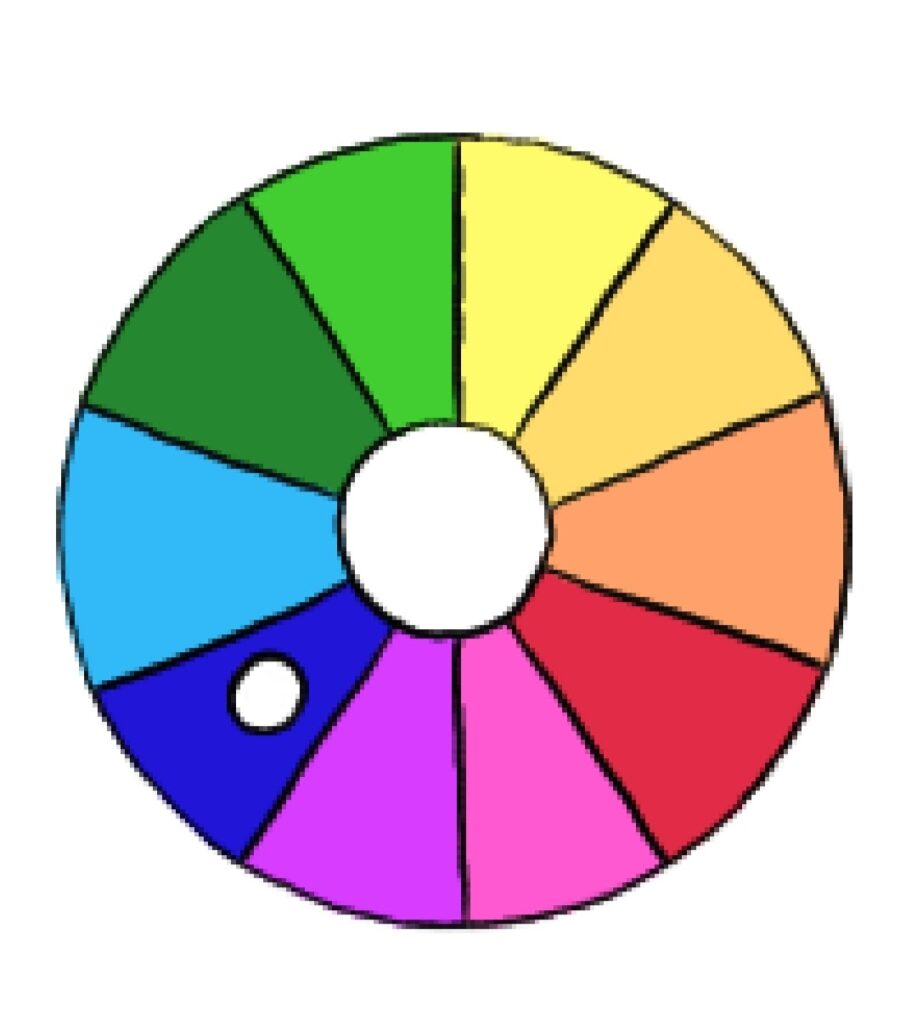
Monochromatic
The use of one color in different shades and tints. [Ex. “blue, dark blue, light blue…”]

Complementary
Two colors opposite of each other in the color wheel. [Ex. “yellow & purple…”]

Split Complementary
One complementary color with two adjacent colors. [Ex. “yellow + blue & pink…”]

Double Complementary
Four colors opposite of each other in the color wheel. [Ex. “yellow & purple + orange & blue…”]

Analogues
Two or more colors next to each other in the color wheel. [Ex. “green, yellow, & orange…”]

Triad
Three colors an equal distance apart from each other. [Ex. “yellow, blue, & red…”]
Color Technique
Now that we have a basic understanding of the different types of schemes used in color theory we can now move on to techniques. There are a multiple techniques out there but for those starting out the most common are shading, blending. gradients, and hatching.
Why is technique important?
Imagine you finished a drawing and began to color without a concept of coloring techniques. Taking some colored pencils you go in and find that as you go along it doesn’t look how you imagined. No, instead of it looking amazing it looks plain. What the application of color does to a drawing is based on how the artist wants to portray it. For example, if you want to depict a somber scene, knowing how shading and blending work can really help emphasize that emotion. Of course, how the artist draws their work also comes into play, but that takes time and practice to learn. I recommend videos on YouTube for that. Overall, techniques are essential in making a drawing pop with life and emotions.
The Four Techniques of Coloring:
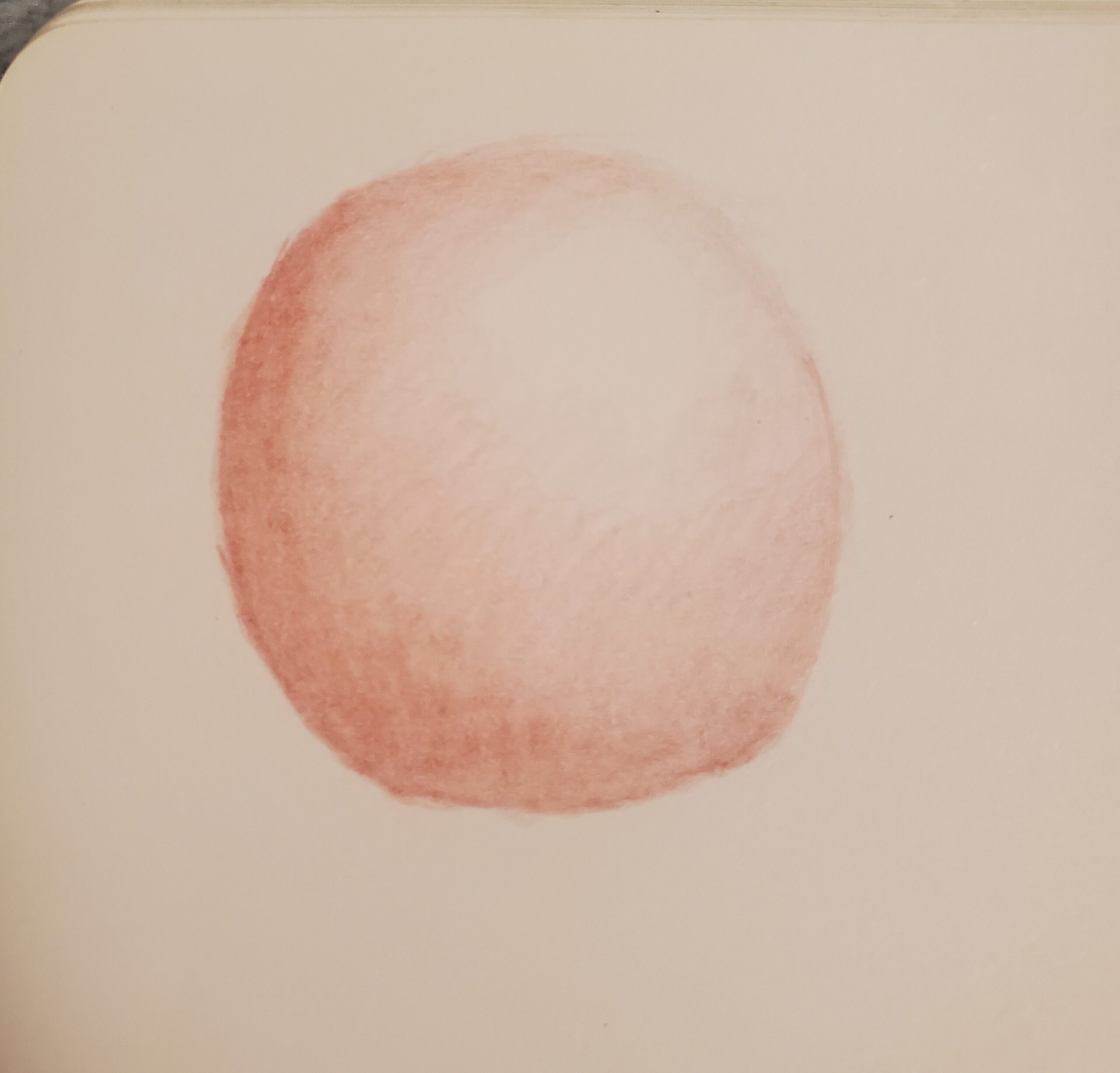
Shading
Adding light and shadows to create an illusion of form.
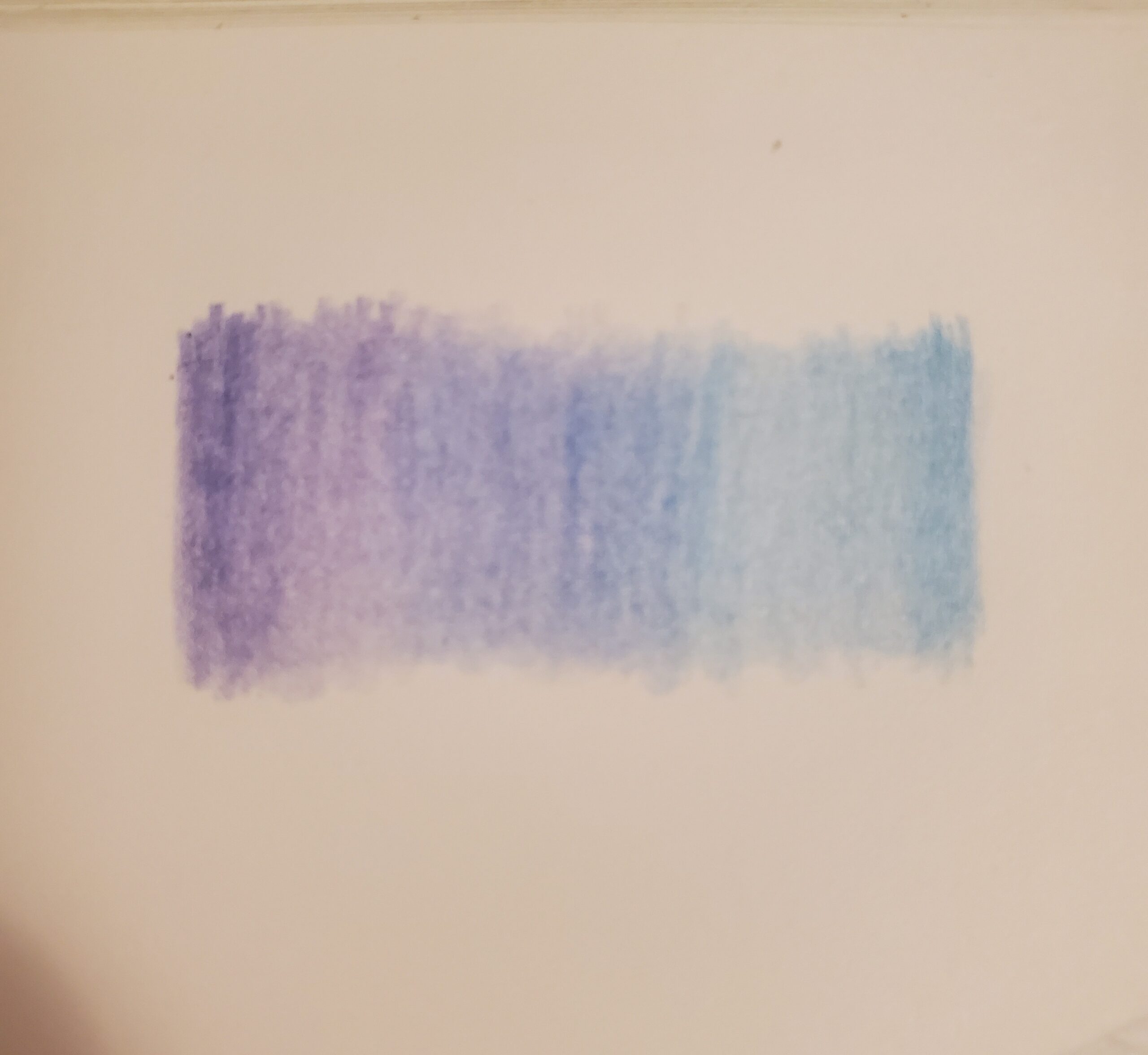
Blending
Creating a smooth transition between colors.
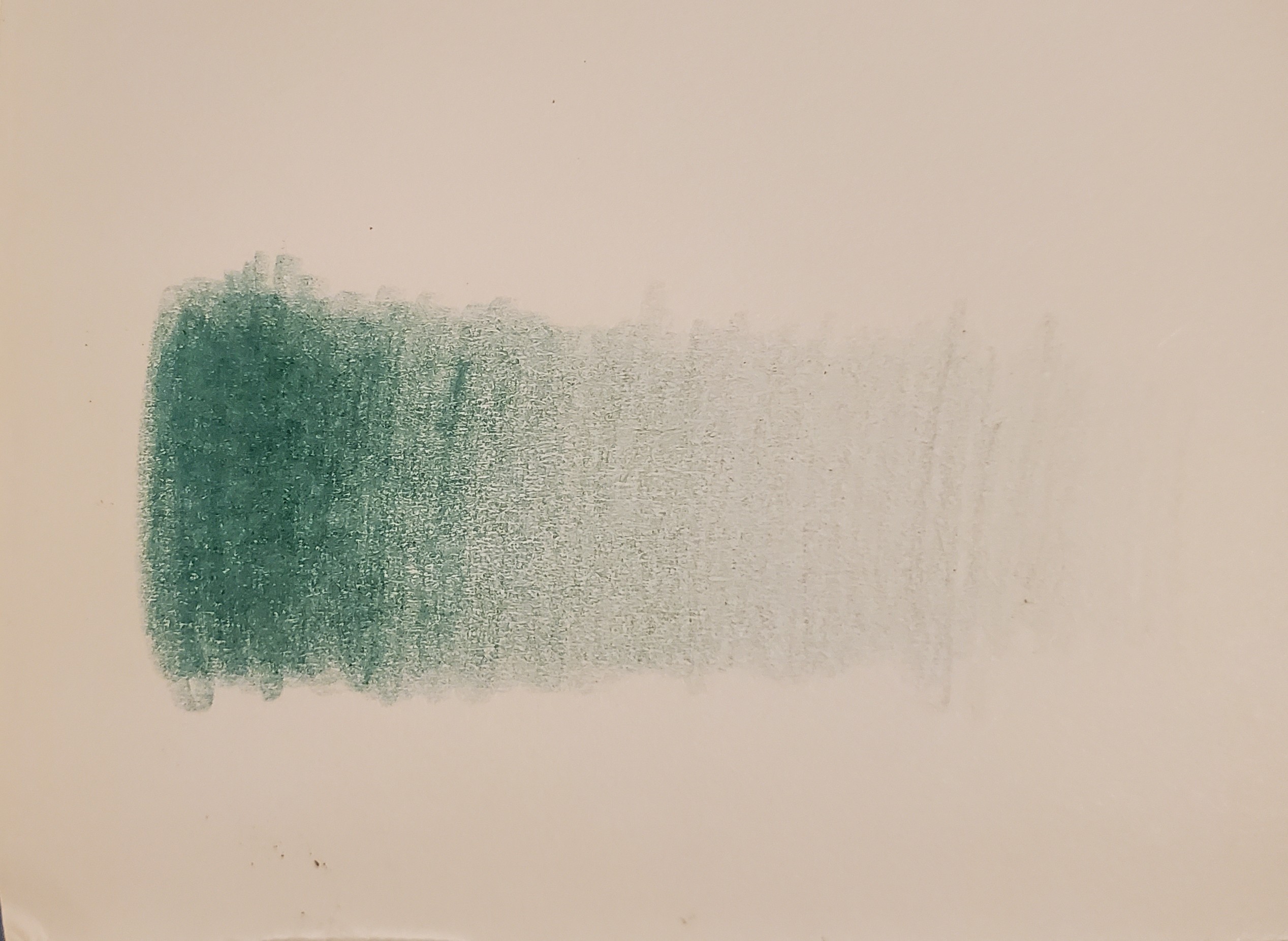
Gradients
Creating a gradual transition between colors.
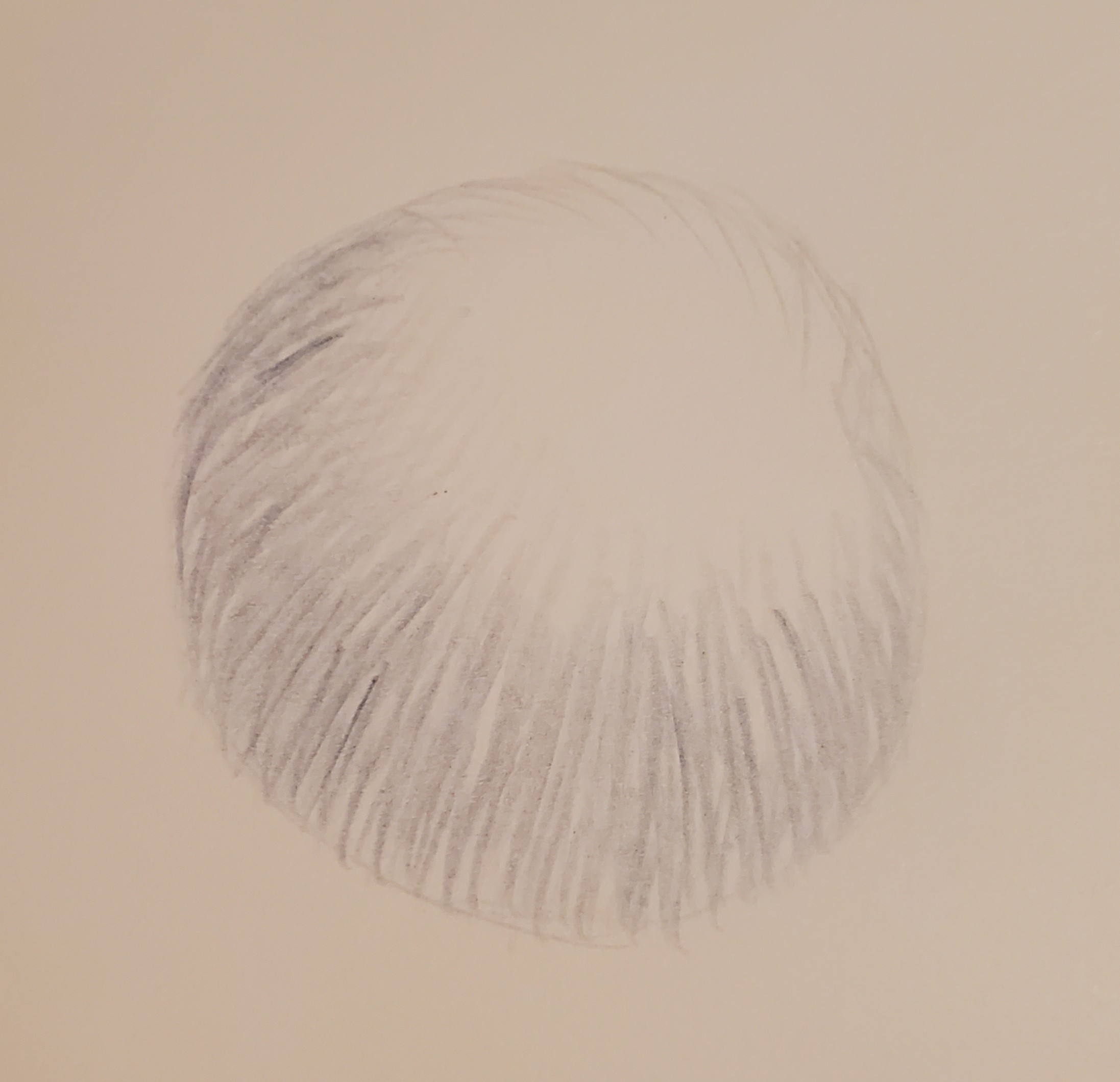
Hatching
Using parallel lines to create shadows.
